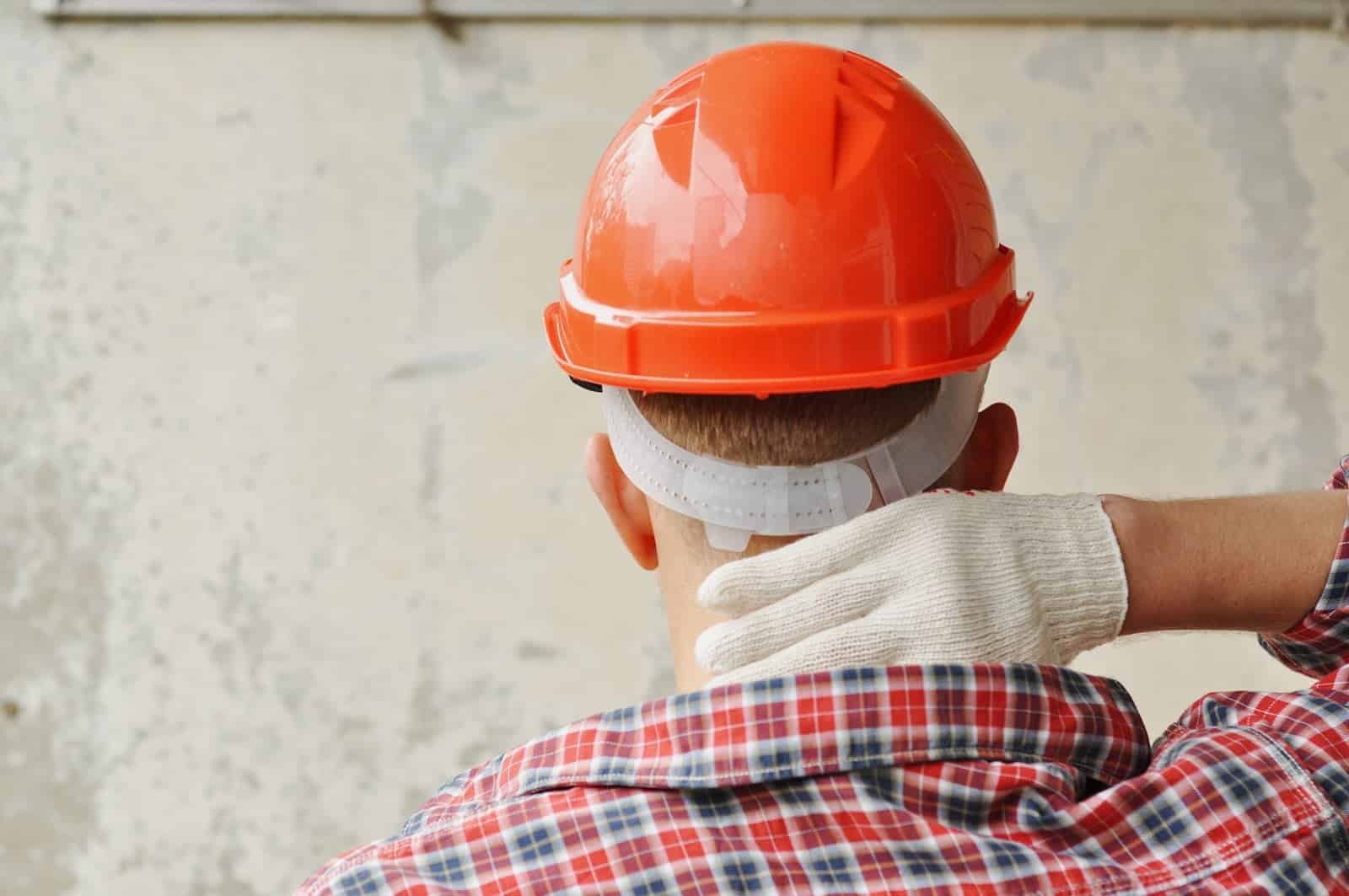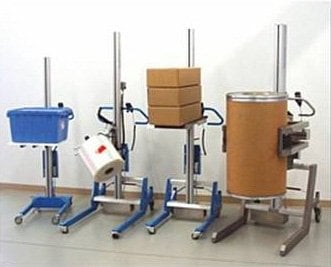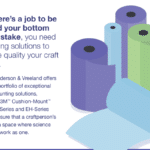Is Your Workplace Hurting?
There is good news and bad news.
The good news is that workplace injuries are on the decline across most industries, according to the BLS (Bureau of Labor Statistics), which tracks workplace injuries and their impact on businesses. The reductions can generally be attributed to OSHA regulations and improved cultures that have encouraged safer work practices.
The bad news is that when one or more of your team is hurt on the job it can mean running with fewer people, perhaps with less work being done in a given shift. That can slow output and even result in an uninjured person also being hurt trying to do a task that was normally done by the person who is at home recovering or in the shop doing a job that doesn’t aggravate his or her injuries.
Feeding into these items, according to BLS data, is that about half of all back injuries are the direct result of lifting. As a result, many companies have implemented maximum lifting limits of 25 to 40 pounds. Yet weight is only part of the story. Awkward sizes and shapes can make even lightweight packages or containers difficult to move. Moreover, lifting from and to low heights puts a strain on the back and knees, while lifting from and to high heights can strain the shoulders and neck.
Workman’s compensation insurance may help to an injured employee, but you’re still left running a business. That’s why you should be thinking about the real cost of having one less person on your team for three days, a week, or longer. Not every manager or business owner does the math to measure the real cost, maybe because it can be a scary number. It can be easy to justify it as “a cost of doing business,” but the reality is that it thins your wallet.
Doing the numbers
Consider an experienced flexo press operator earning say, $20 an hour. The fully loaded cost is closer to $26 an hour: roughly $208 per shift or $1,040 per week. If your operation is as thinly staffed as the average shop, there is likely a real loss in productivity if just one person is out of work for a week due to injury. That probably means some jobs may be delayed, delivered late, or even miss a deadline. Do the numbers at your shop to calculate the full impact of several people missing work due to injury over the course of a year.
Yet, many workplace injuries—especially those due to lifting—can be avoided.
It’s not heavy. Just bulky.
Even though much of label and package production is thought of as light manufacturing, there are times when some heavy lifting is required, and whenever a bulky or unwieldy object is moved, there is a risk of injury. Consider everyday tasks such as lifting and maneuvering large anilox cylinders or rolls of substrate. The problem begins when workers try to muscle their way through moving a roll of substrate rather than ask for help. But that 60-pound roll of substrate that may be easy enough to move when braced against a worker’s body is the equivalent of about 120 pounds at full reach of the worker’s arms. Then it is lifted and turned and balanced to get it into place on a flexo press. The stresses on the shoulder, arm, and back muscles, especially when this motion is be done several times a day, can lead to sprains, slipped discs, torn rotator cuffs, bursitis, and repetitive strain injuries, any of which can sideline even a burly worker who knows his or her way around a press. Then the worker may be down for the count for a week or more.
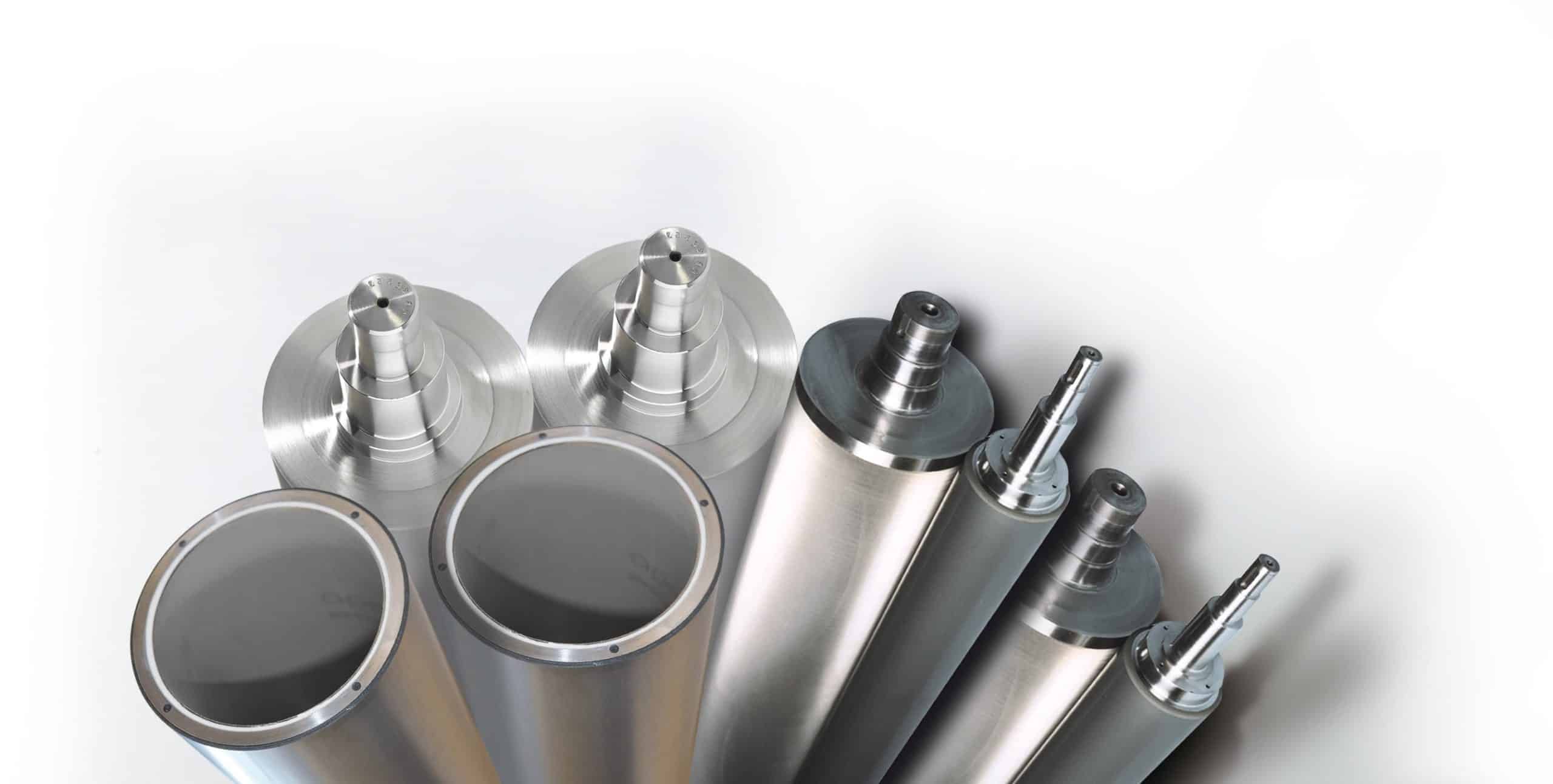
Some companies have “team lift” policies for certain items or specific tasks, but these can be (and often are) ignored in the rush of day-to-day business. And sometimes injuries are the price people pay.
Mechanical Assistance
While inexpensive items like gloves, steel-toed shoes, and back braces can provide basic on-the-job protection, the onus is on business owners to take steps that protect workers from other potentially hazardous activities. This is where mechanical assistance comes in, and it can help you reduce the likelihood of injuries and time away from work for production employees.
To help reduce and even eliminate workplace injuries in label and package printing Anderson & Vreeland has partnered with RonI, a company that has specialized in ergonomic lifting equipment for more than 20 years. RonI’s equipment spans a variety of industries, with some models created specifically to address the needs of flexographic printers.
RonI’s Lift-O-Flex® Ergonomic Lifters function as powerful co-workers in environments where lifting, moving, handling, and manipulation of loads take place.
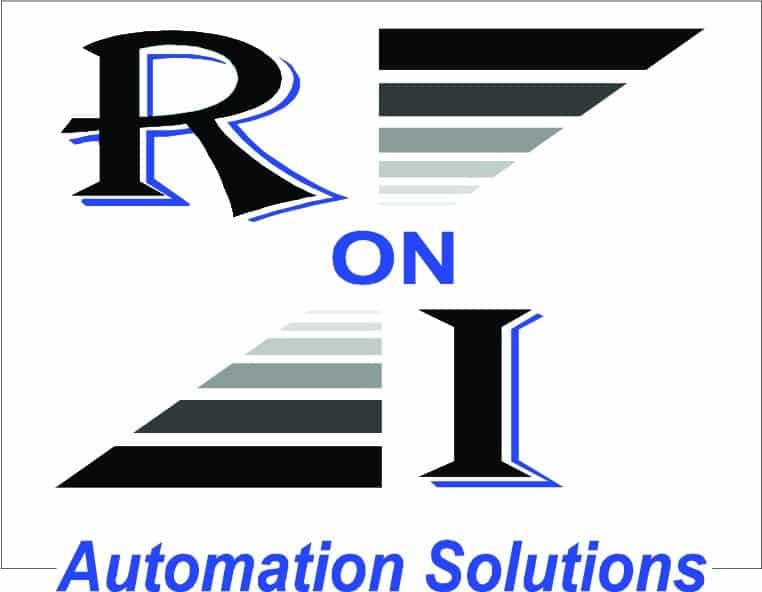 As a print provider, think about what’s involved in putting a new roll of substrate onto a flexo press without risk of injury. By letting a machine do the heavy lifting and the press operator do the final placement, the roll change process is faster, safer, and lessens the chance of injury, decreased productivity, and the need to spend time handling workman’s comp claims.
As a print provider, think about what’s involved in putting a new roll of substrate onto a flexo press without risk of injury. By letting a machine do the heavy lifting and the press operator do the final placement, the roll change process is faster, safer, and lessens the chance of injury, decreased productivity, and the need to spend time handling workman’s comp claims.
Compared to lifting products such as mobile lifting trolleys, pump or hand-cranked carts, and the like, Lift-O-Flex Ergonomic lifters provide ease of operation and are capable of loads up to 500 pounds. And because every print shop is different, they can be configured to your requirements and can be put to work quickly with minimal training. This speeds your return on investment while providing a safer and more productive working environment.
Optimizing Lean Production
It’s easy to limit equipment investments to the science and technology of making plates or putting images on a substrate. But the physical steps that enable the printing process are just as important to your company’s success. Lean production requires taking advantage of every tool available, so don’t let your people fall victim to preventable injuries. Modern systems for doing physically demanding work are available through Anderson & Vreeland and our partner RonI. Think about how you can make your entire production process it better and safer.
Learn More
- Contact Anderson & Vreeland to find out more about how ergonomic lifting systems help keep your team injury-free.
- Learn more about RonI’s ergonomic lifters
- Learn more about RonI’s material handling equipment

